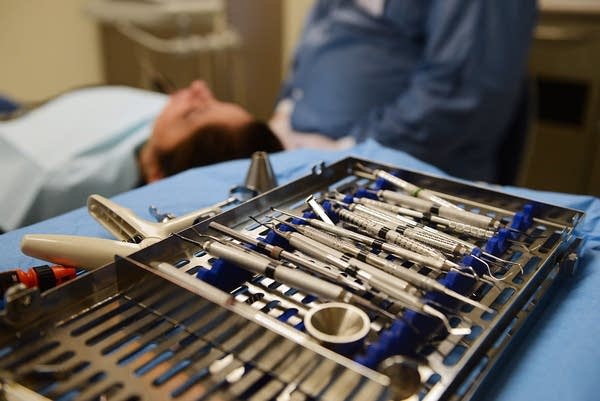Extra funding does little to increase dental care for Medical Assistance recipients

Dental utensils in the dental clinic at Neighborhood Involvement Program in Minneapolis.
Courtesy of Amanda Snyder
Go Deeper.
Create an account or log in to save stories.
Like this?
Thanks for liking this story! We have added it to a list of your favorite stories.


